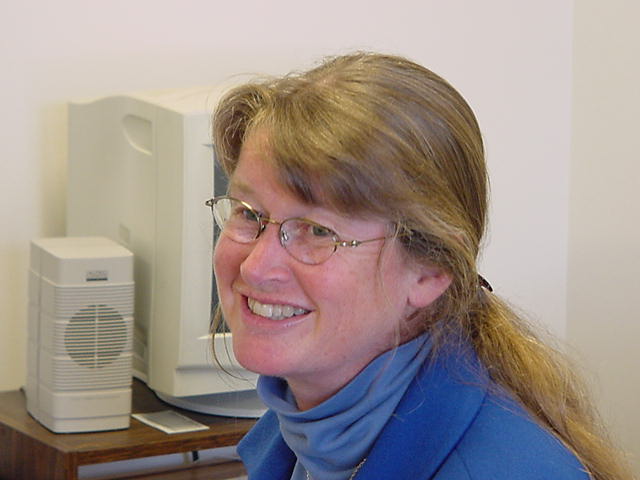Sandcastle Theologian
 Tuesday, November 28, 2017 at 7:54AM
Tuesday, November 28, 2017 at 7:54AM This week’s “Ocean Person” is Protestant theologian Paul Tillich, a man I think of as urban and urbane. Turns out he was a beach rat!
Paul Tillich built sandcastles all his life. First on the sands of the Baltic Sea as a child and as an adult. Then in the US, from his 40’s long into retirement, on the Atlantic beaches at his beloved home on the eastern tip of Long Island.
I have always pictured Tillich as a man of cities, this profound Protestant theologian. He taught in urban, industrial Berlin, Dresden, and Frankfort until the Nazis forced him to flee Germany. In 1933 the faculty of Union Theological Seminary all agreed to take a cut in pay to fund Tillich’s escape and new life in the bustle and business of New York City, where he lived the rest of his life.
But Tillich credited time spent on the coast and by the sea with inspiring many of his radical new ideas and new language of theology.
In his late career reflection On the Boundaries: An Autobiographical Sketch, he frames his whole life as a series of paradoxes, boundaries he straddled, one of which is “The Boundary of City and Country.” He writes:
“The weeks and later months that I spent by the sea every year from the time I was eight were even more important [than his family background] for my life and work. The experience of the infinite bordering on the finite suited my inclination toward the boundary situation and supplied my imagination with a symbol that gave substance to my emotions and creativity to my thought. Without this experience it is likely that my theory of the human boundary situation, as expressed in Religious Work, might not have developed as it did.
“There is another development to be found in the contemplation of the sea; its dynamic assault on the serene firmness of the land and the ecstasy of its gales and waves. My theory of the “dynamic mass” in the essay “Mass and Spirit” was conceived under the immediate influence of the turbulent sea. The sea also supplied the imaginative element necessary for the doctrines of the Absolute as both ground and abyss of dynamic truth, and of the substance of religion as the thrust of the eternal into finitude.
"Nietzsche said that no idea can be true unless it was thought in the open air. Many of my ideas were conceived in the open and much of my writing done among trees or by the sea. Alternating regularly between the elements of town and country always has been and still is part of what I consider indispensable and inviolable in my life.”
Tillich can be a bit dense and abstract. Let me unpack the above quotation for its “marine theology.”
- Coast and ocean give Tillich an imaginative symbol for the human experience of “the infinite bordering on the finite” and of religion as “the thrust of the eternal into finitude.” Ocean is the eternal, the infinite, while we land mammals, are dependent on the land, the finite, but drawn to the depths, to the infinite. We are boundary, coastal people, longing for the infinite.
- The infinite he also calls “the depths” and “the abyss” (which in Greek means ocean depths) and writes in a sermon, “The name of infinite and inexhaustible depth is God. That depth is what the word God means.”
- Tillich likes the word “dynamic” – the dynamics of faith, and here, “the dynamic, ecstatic ocean” and “the Absolute (God) as ground and abyss of dynamic truth.”
- True ideas come from the open air, and open sea. Tillich loved cities, but he had studied German Romanticism, that we experience God in nature. In several sermons he condemns our utilitarian view of nature and how we must hear nature itself longing and crying for salvation.
But Tillich not only thought “deep” thoughts at the sea. He played there. I’m reading a biography of Tillich in which this grainy snapshot of a Long Island Tillich sand castle appears. There are also all kinds of stories about his extensive travels, long walks, mountain climbing, and rambles by the sea.
And there is this beach story about Tillich that Frederick Buechner relates.
“They say that whenever the great Protestant theologian Paul Tillich went to the beach, he would pile up a mound of sand and sit on it gazing out at the ocean with tears running down his cheeks. One wonders what there was about it that moved him so.
“The beauty and power of it? The inexpressible mystery of it? The futility of all those waves endlessly flowing in and ebbing out again? The sense that it was out of the ocean that life originally came and that when life finally ends, it is the ocean that will still remain? Who knows?
“In his theology Tillich avoided using the word God because it seemed to him too small, denoting only another being among beings. He preferred to speak instead of the Ground of Being, of God as that which makes being itself possible, as that because of which existence itself exists. His critics complain that he is being too metaphysical. They say they can't imagine praying to anything so abstract and remote.
“Maybe Tillich himself shared their difficulty. Maybe it was when he looked at the ocean that he caught a glimpse of the One he was praying to. Maybe what made him weep was how vast and overwhelming it was and yet at the same time as near as the breath of it in his nostrils, as salty as his own tears.”
Why is it so sweet to picture Tillich doing the childlike playful act of making a sand castle? Why are we surprised to hear of him sitting on a pile of sand and weeping? Maybe because we believe the stereotype of German sternness or that theologians repress their feelings? Do we assume that academics stay inside all day? Can one have such “deep” profound ideas and then spend hours building something that the tide will destroy?
This ocean person is simply grateful that Tillich followed his countryman Nietzsche’s idea that true ideas must be thought in the open air. I was unable to finish this essay until I took a walk after the rain. Thanks, Paul.
Copyright © 2017 Deborah Streeter







